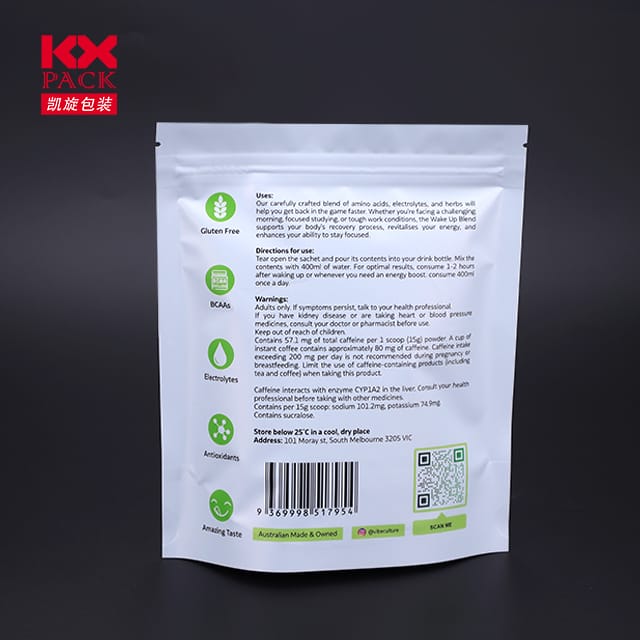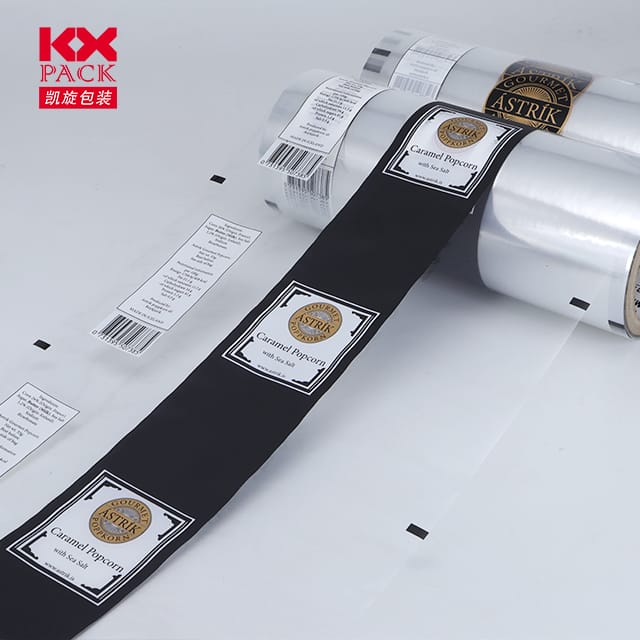包装膜: 现代消费主义的无名英雄
包装膜
在商业世界, 最初的印象很重要,而产品保护是不可谈判的, 包装膜 扮演一个安静而关键的角色. 从早晨谷物的清脆印章到仓库的收缩包裹托盘, 这种灵活的材料确保产品安全, 新鲜的, 并在视觉上吸引人. 让我们解开科学, 创新, 和包装电影背后的可持续性,以及为什么它不仅仅是 “保鲜膜。”
什么是包装电影?
包装膜很薄, 柔性材料 (通常由聚合物等聚合物制成, 聚丙烯, 或可生物降解的替代品) 用来包裹, 海豹, 或保护货物. 它有多种形式:
- 缠绕膜: 用于捆绑托盘或运输过程中的物品.
- 收缩电影: 加热时收缩紧密, 创建防篡改密封.
- 障碍电影: 阻断氧气, 水分, 或光保存食物和药品的光.
- 可生物降解的电影: 由植物性材料或可堆肥聚合物制成的环保选择.
为什么这么必要?
- 产品保护:
- 屏蔽灰尘的物品, 水分, 和身体伤害.
- 延长保质期易腐物 (例如。, 肉, 奶酪, 生产) 通过防止变质.
- 品牌可见性:
- 定制印刷的电影将包装变成营销工具, 加强品牌身份.
- 效率 & 节省成本:
- 轻巧和节省空间, 降低运输成本和碳足迹.
- 自动化机械允许高速包装进行大规模生产.
- 方便:
- 可重新密封的拉链或易于特性功能增强用户体验.
推动未来的创新
包装膜行业正在迅速发展,以满足可持续性需求和功能需求:
- 可持续材料:
- 品牌正在转向 可生物降解, 可堆肥, 或可回收电影 (例如。, 解放军, 源自玉米淀粉).
- 消费后回收 (pcr) 内容变得越来越普遍.
- 智能包装:
- 嵌入的电影 传感器或QR码 跟踪新鲜度, 检测泄漏, 或提供反企业措施.
- 可食用的电影 (用海藻或淀粉制成) 正在新兴的一次性食物包装.
- 更薄, 更强大的电影:
- 纳米技术改善障碍物, 允许更薄的电影而不牺牲力量.
- 循环经济解决方案:
- 公司正在设计电影,以便于回收或再利用 (例如。, 单材料小袋).
挑战即将到来
尽管有好处, 包装电影面临批评:
- 塑料废物: 一次性薄膜有助于垃圾填埋场和海洋污染.
- 回收障碍: 多层电影 (在小吃包装中常见) 很难回收.
- 费用与. 可持续发展: 环保替代品通常花费更多, 采用放缓.
前面的道路: 平衡创新与责任
包装电影的未来在于更聪明, 绿色的解决方案:
- 行业合作: 品牌, 供应商, 回收商必须共同努力以标准化环保材料.
- 消费者教育: 鼓励回收和正确处理电影.
- 监管推动: 政府正在引入一次性塑料禁令, 激励创新.
结论
包装膜证明了人类的创造力,这是一个保护措施的小层, 促进, 并将产品与消费者联系起来. 当我们努力追求更可持续的未来时, 面临的挑战是在不损害地球的情况下利用其潜力. 无论是通过可生物降解的材料, 智能技术, 或圆形设计, 下一代包装膜将重新定义我们如何保护, 展示, 并感知我们喜欢的商品.
您的意思是什么? 您是否优先考虑环保包装, 还是功能,您的首要关心? 让我们在评论中讨论! 🌱📦
保持好奇, 并订阅更多地了解塑造我们世界的材料! 🚀







